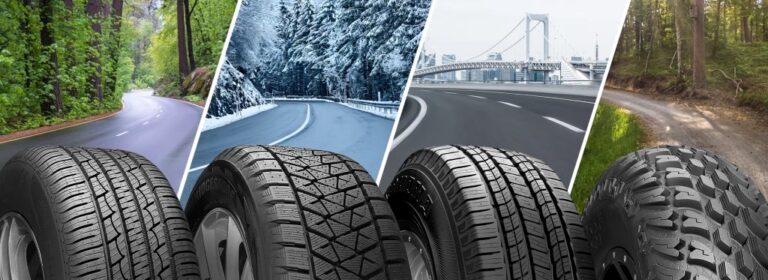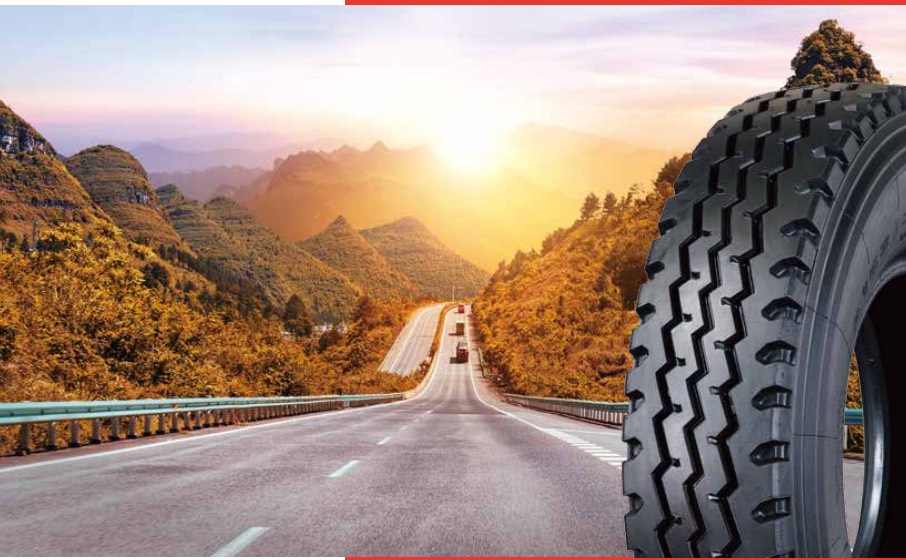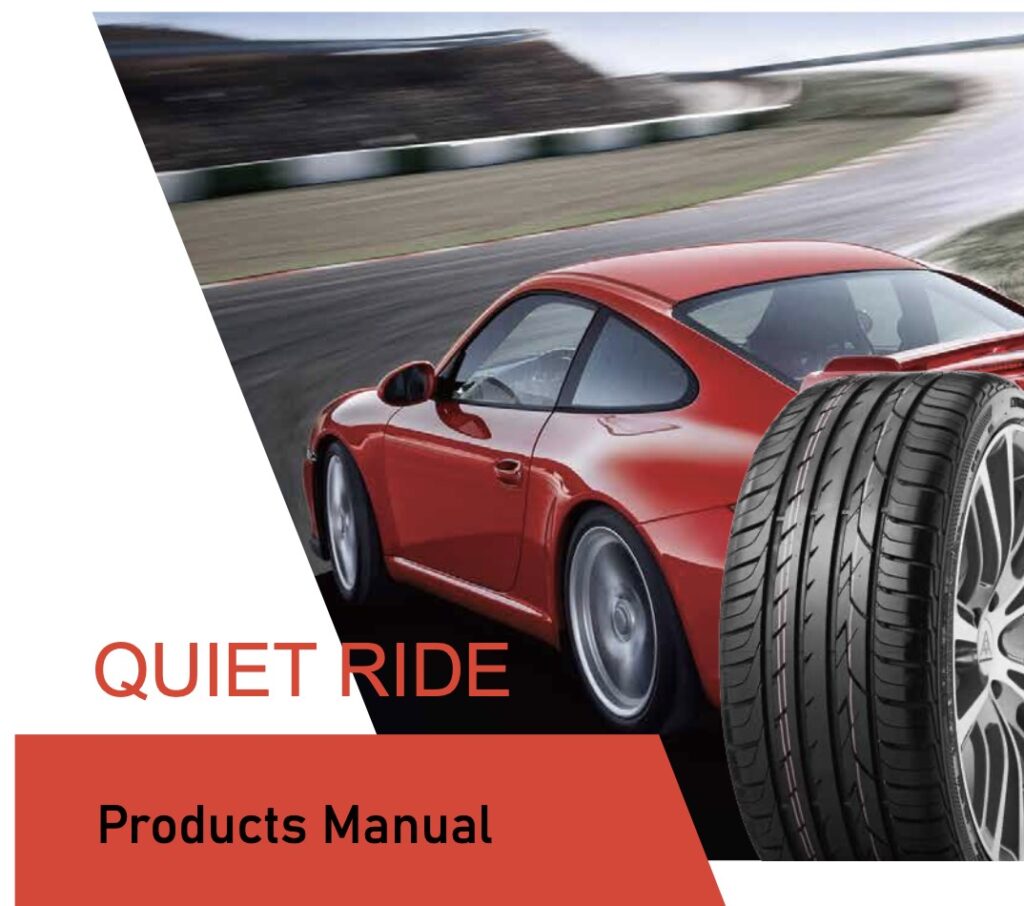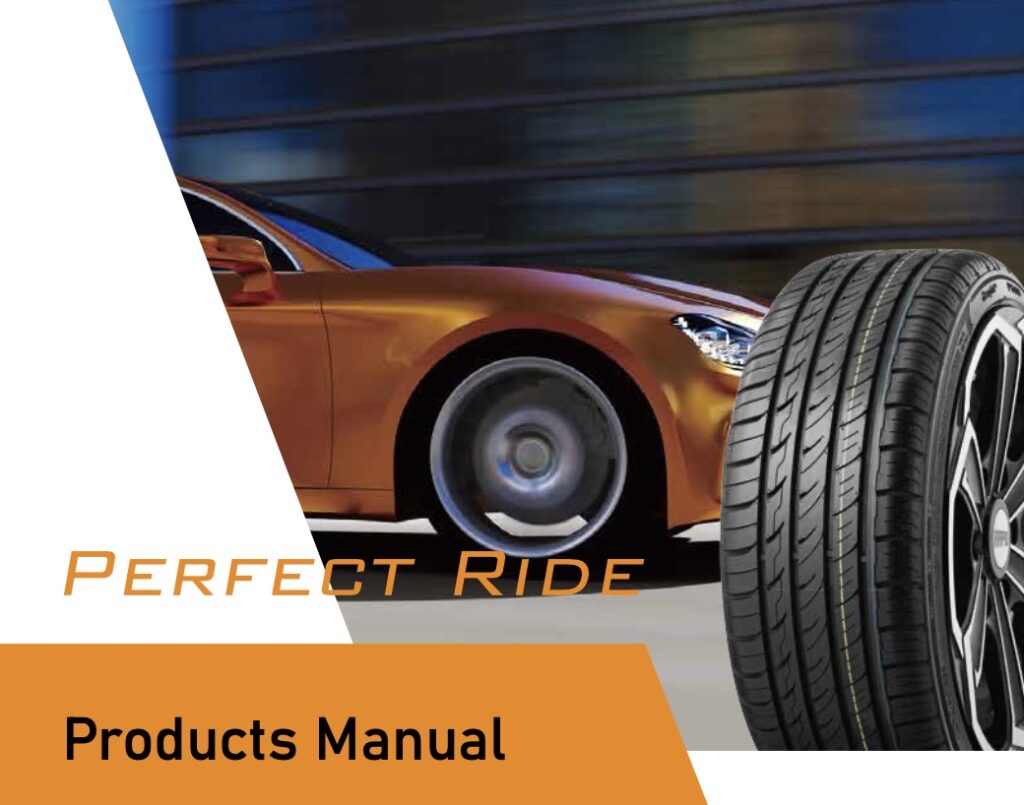How To Choose Passenger Tire?

Once you know what size tires can fit your car, you need to be able to choose among the different types of tires. Tires may look similar, but they can be optimized to perform for very different conditions and usages.
Think about the following things:
- What weather conditions do I drive in? What are the worst situations I may face?
- Where will I be driving? City streets, long highways, or forest paths require different performance characteristics.
- What is your driving style: do you like to feel every curve or be cushioned from the road?
Read the rest of our tips to dive deeper into each question.
What weather conditions do you drive in?

Your tires have to handle a wide variety of climatic conditions: rain, high heat, snow, ice and so on. These all affect tire performance, so to make sure you stay safe you need to buy tires that will perform not only in your most common climate conditions, but also in the most extreme conditions that you will face.
The climate is relatively warm:
Temperature does not go below freezing….
You can choose to buy all season tires and/or summer tires.
The climate is seasonal:
In winter, temperature goes below freezing….
To maximize your safety in all conditions you need:
- One set of summer tires and
- One set of winter tires
Or - One set of all-season tires.
The climate is seasonal with severe winter:
Temperature goes below freezing with heavy snow or ice.
To maximize your safety in all conditions we recommend one set of summer or all-season tires and one set of winter tires and one set of winter tires. All-season tires may not be sufficient for the severe winter conditions in your area.
What type of roads?

Different usage conditions require different tire characteristics.
For mainly city driving, look for:
- Braking distance: Use tires with the optimum braking distance, on both dry and wet roads.
- Longevity: City driving with its numerous stops and starts puts great demands on the tire. Choose tires with increased longevity.
- Fuel economy: Tires with low rolling resistance save fuel.
For mainly road or highway driving, look for:
- Braking distance at high speed: For maximum safety, select tires that provide optimum braking distance on both dry and wet roads.
- Comfort: For long trips, choose tires that offer comfort both in terms of vibration and noise level.
- Handling: Select tires that provide excellent grip and stability.
If you drive on unpaved roads:
- Look for tires that provide off-road traction and maximum durability.
What is your driving style?

To make sure that you enjoy your drive, look for tires that match the way you like to drive.
If you like a quiet comfortable ride, look for tires that specifically mention comfort, smooth ride, or low road noise. Generally speaking, touring tires with lower speed rating (S, T or H ratings on the sidewall) are optimized for more comfort instead of more speed – it’s recommended to never go below the speed rating specified by the manufacturer of your vehicle. Also, avoid aggressive tread designs – they may look cool but can generate lots of road noise.
If you like to feel every curve, look for tires that mention great handling or steering precision. These are often called high-performance tires and have higher speed ratings, meaning that they are optimized to provide better control and a stiffer, more precise ride.



















